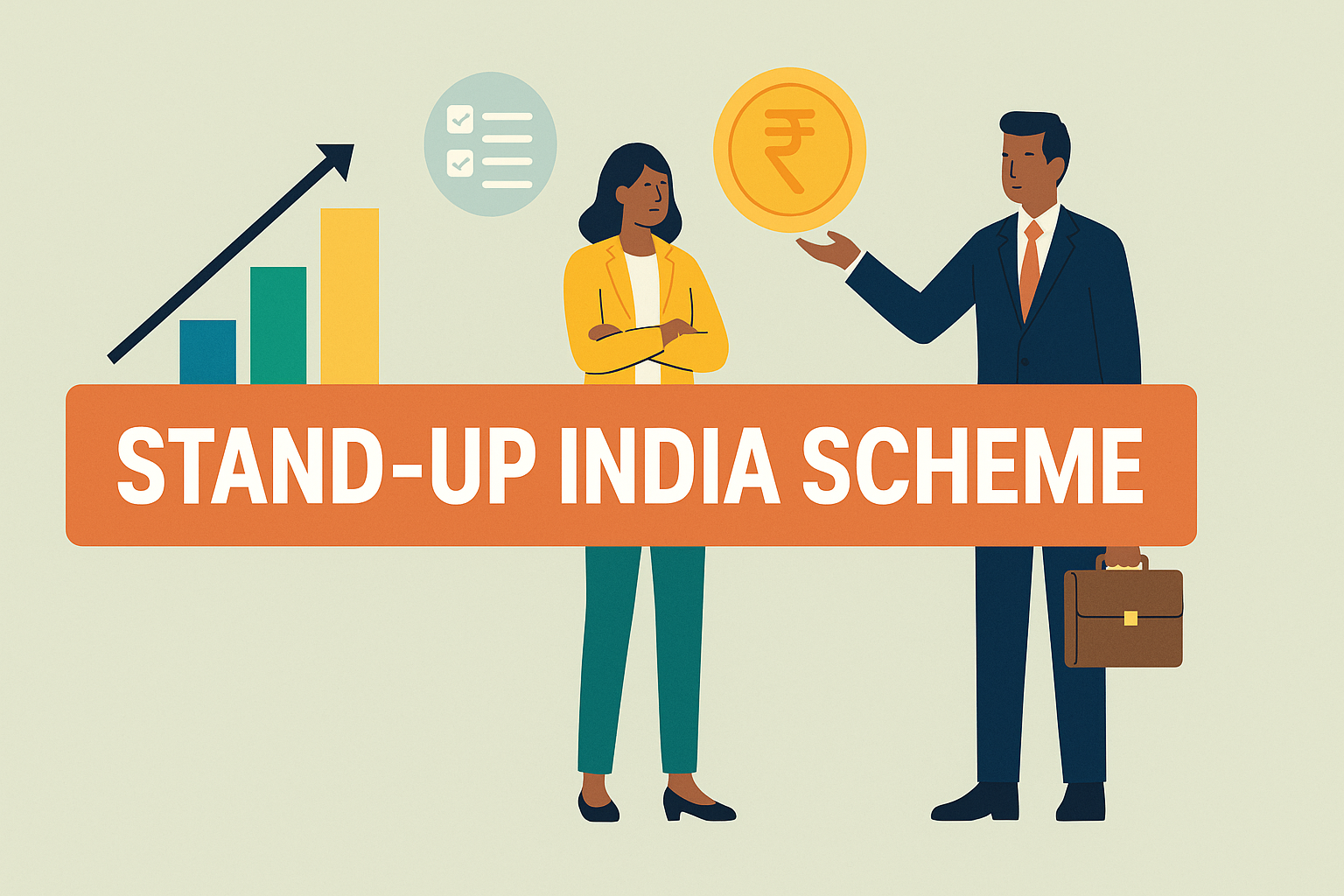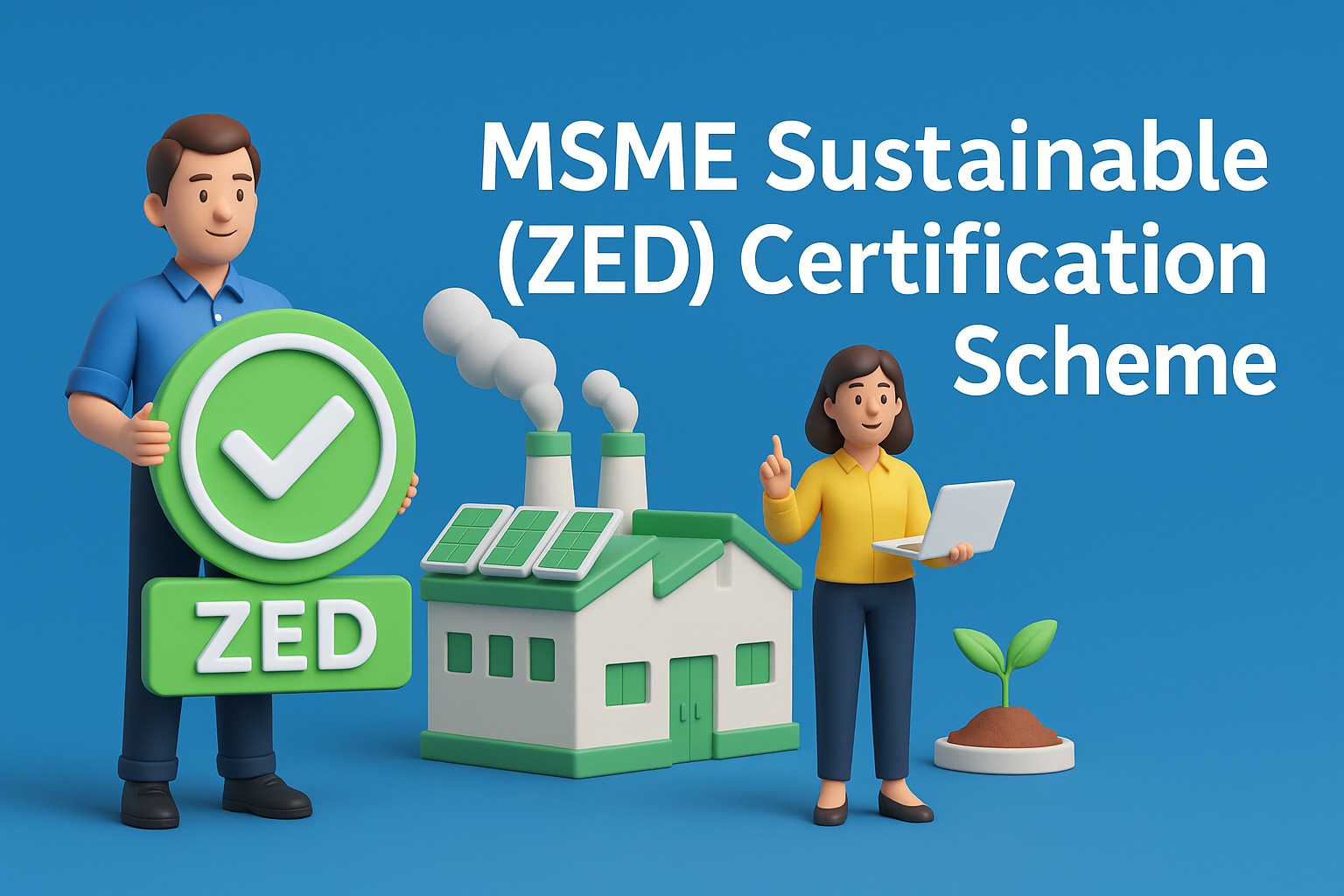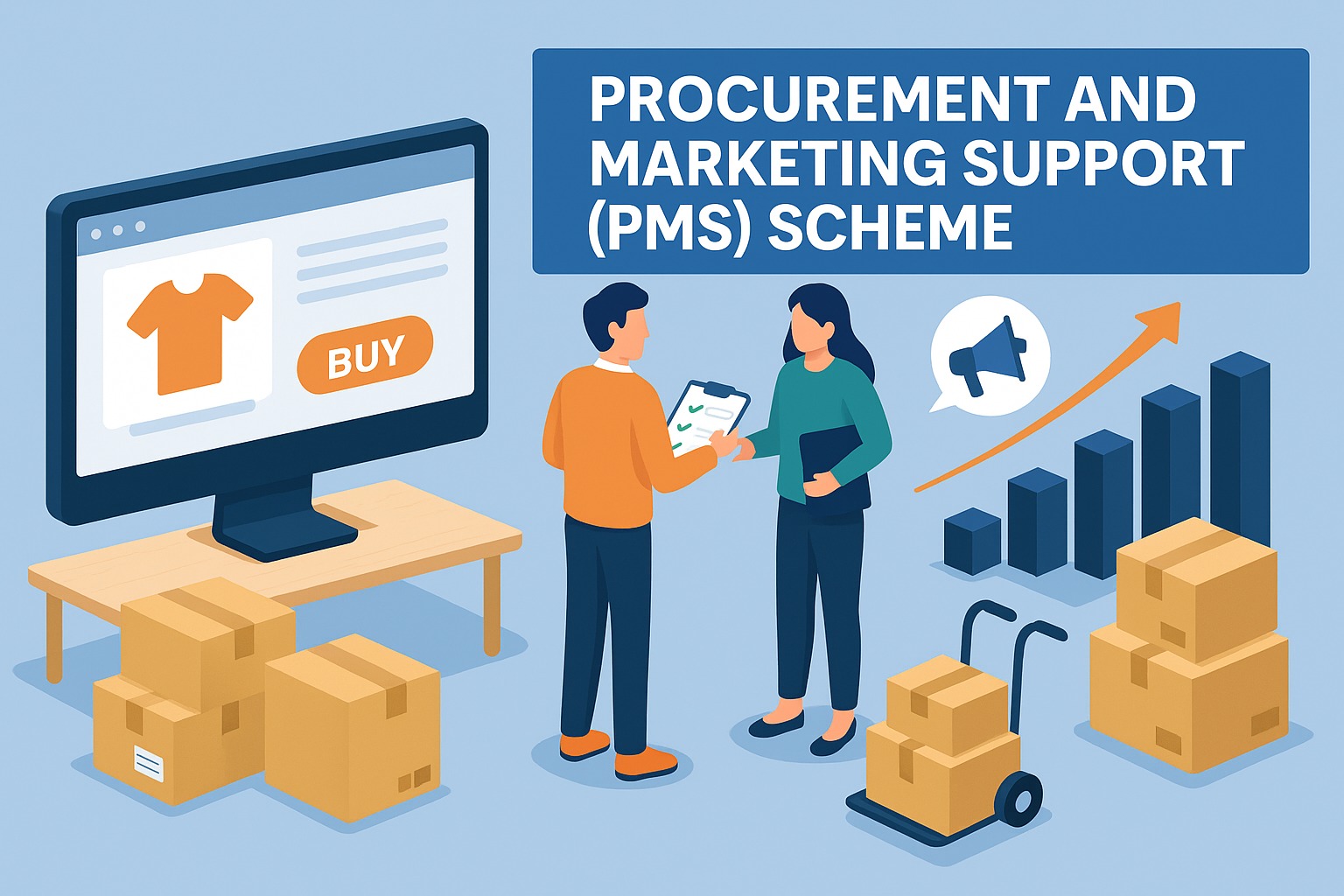📘 Introduction
The MUDRA (Micro Units Development and Refinance Agency) Loan Scheme, launched under the Pradhan Mantri MUDRA Yojana (PMMY), is a flagship government initiative to support non-corporate, non-farm small/micro enterprises with affordable loans. Since its inception in 2015, MUDRA has empowered millions of micro-entrepreneurs, artisans, shopkeepers, and small businesses by offering collateral-free loans up to ₹20 lakh through banks, NBFCs, and MFIs.
This guide will walk you through the various loan categories under MUDRA, their eligibility, features, documents required, and the step-by-step application process.
📑 Table of Contents
- 💡 What is MUDRA?
- 🎯 Objectives of the MUDRA Loan Scheme
- 🔄 Types of MUDRA Loans
- Shishu
- Kishor
- Tarun
- Tarun Plus
- 👤 Who is Eligible?
- 📄 Documents Required
- ⭐ Key Features & Benefits
- 📝 How to Apply for a MUDRA Loan
- 💳 MUDRA Card & Digital Payments
- 🏦 Role of Banks & NBFCs
- 🏢 How Sigma Solutions Can Assist
- 📌 Conclusion & FAQs
1. 💡 What is MUDRA?
MUDRA stands for Micro Units Development & Refinance Agency Ltd., a financial institution set up by the Government of India to provide funding to the non-corporate micro sector. Loans under MUDRA are collateral-free and designed to foster inclusive growth by extending credit to small businesses.
MUDRA loans are sanctioned by commercial banks, Regional Rural Banks (RRBs), small finance banks, cooperative banks, Non-Banking Financial Companies (NBFCs), and Micro Finance Institutions (MFIs).
2. 🎯 Objectives of the MUDRA Loan Scheme
The core objectives of the MUDRA Loan Scheme are:
- To provide funding support to micro and small entrepreneurs.
- To encourage self-employment and income generation.
- To reduce dependency on informal lending channels.
- To promote financial inclusion through formal credit.
3. 🔄 Types of MUDRA Loans
In the latest update for 2025, MUDRA offers loans under four distinct categories based on the stage of business development and funding needs:
a. Shishu (Up to ₹50,000)
- This category is for startups and very small enterprises in their initial stages.
- It is ideal for street vendors, artisans, and home-based businesses who are just beginning their entrepreneurial journey.
b. Kishor (₹50,001 to ₹5 lakh)
- Designed for businesses in a growth phase looking to expand working capital, inventory, or infrastructure.
- This is for entrepreneurs who have already established their business and need a larger capital injection to scale up.
c. Tarun (₹5 lakh to ₹10 lakh)
- Aimed at established businesses that need higher funds for significant expansion, technology upgradation, or purchasing new machinery.
d. Tarun Plus (₹10 lakh to ₹20 lakh)
- A new category was introduced in the Union Budget 2024-25.
- This is specifically for entrepreneurs who have successfully availed and repaid previous loans under the ‘Tarun’ category.
- It supports thriving businesses that require substantial capital for large-scale expansion or modernisation, with a maximum loan limit of ₹20 lakh.
4. 👤 Who is Eligible?
Eligible borrowers typically include individuals and entities involved in non-farm income-generating activities in the manufacturing, trading, and services sectors. The scheme also extends to allied agricultural activities.
Eligible borrowers include:
- Small manufacturers
- Shopkeepers and traders
- Artisans, weavers, and tailors
- Food processing units
- Transport and logistics operators
- Repair shops, salons, and other service sector units
- Homestays (to promote tourism)
- Individuals involved in agriculture-allied activities (e.g., poultry, dairy, beekeeping)
Applicants must meet the following criteria:
- Be aged 18 or above.
- Not be a defaulter with any bank or financial institution.
- Have a viable business plan or a running enterprise.
5. 📄 Documents Required
The documentation required varies slightly by loan category, with Kishor and Tarun loans requiring more detailed business plans.
- Identity proof: Aadhaar Card, Voter ID, PAN Card, Passport.
- Address proof: Utility bill (not older than 2 months), Rent Agreement, Passport.
- Passport-size photograph.
- Business registration certificate (if any, e.g., Udyam Registration, Trade License).
- Bank statement for the last 6-12 months.
- Quotation/invoice for assets (in case of equipment purchase).
- Business plan and financial projections (especially for Kishor, Tarun, and Tarun Plus loans).
- ITR returns (for higher loan categories).
6. ⭐ Key Features & Benefits
| Feature | Details |
| Loan Amount | ₹50,000 to ₹20,00,000 (across all four categories) |
| Loan Type | Term Loan or Working Capital (Cash Credit/Overdraft) |
| Interest Rate | Varies by lender, generally starting from 9.05% p.a. onwards, depending on the applicant’s credit profile and business nature. |
| Tenure | Flexible repayment period, typically ranging from 1 to 7 years. |
| Collateral | Not required. Loans are covered under the Credit Guarantee Fund for Micro Units (CGFMU), which now provides coverage up to ₹20 lakh. |
| Processing Fee | Nil or minimal for Shishu and Kishor loans; a nominal fee may be charged for Tarun and Tarun Plus categories. |
| Purpose | Business expansion, purchase of machinery/equipment, working capital, inventory, or infrastructure upgrade. |
Other benefits include:
- Loans are available through more than 200 lenders across India.
- Encourages digital transactions through the MUDRA Card.
- Concessional interest rates for women entrepreneurs are often available.
7. 📝 How to Apply for a MUDRA Loan
Option 1: Offline via Bank Branch
- Visit the nearest public sector bank, private bank, RRB, or NBFC that offers MUDRA loans.
- Request the PMMY loan application form.
- Submit the filled form along with all the required documents.
- The bank will assess your application and a decision is usually made within 7-10 days if all eligibility criteria are met.
Option 2: Online via Bank Website Many public and private sector banks (e.g., SBI, PNB, Bank of Baroda) now offer online applications for MUDRA loans through their retail or MSME loan portals. You can fill out the form, upload documents, and track the status online.
8. 💳 MUDRA Card & Digital Payments
Upon approval, borrowers are often issued a MUDRA Card—a RuPay debit card linked to their working capital loan account. This card enables:
- Digital withdrawals from ATMs.
- Cashless transactions at Point of Sale (POS) machines.
- Easy management of working capital funds.
The MUDRA Card helps instil financial discipline and provides a transparent record of fund utilisation.
9. 🏦 Role of Banks & NBFCs
The MUDRA scheme is implemented through a wide network of Member Lending Institutions (MLIs), which include:
- Public Sector Banks
- Regional Rural Banks (RRBs)
- Private Sector Banks
- NBFCs and MFIs
- Small Finance Banks and Cooperative Banks
Each financial institution follows its own credit appraisal norms. Borrowers should maintain good repayment behavior and a strong banking history to improve their chances of approval.
10. 🏢 How Sigma Solutions Can Assist
Sigma Solutions provides dedicated support for entrepreneurs to navigate the MUDRA loan application process seamlessly. Our services include:
- Preparing loan applications for Shishu, Kishor, Tarun, and Tarun Plus categories.
- Drafting robust financial projections and business plans to strengthen your case.
- Connecting you with banks and NBFCs with high approval rates.
- Ensuring a quick turnaround through complete and accurate documentation.
We specialise in helping entrepreneurs from Northeast India take full advantage of government funding.
📞 Contact us: +91-9084729472 📧 Email: [email protected]
11. 📌 Conclusion & FAQs
The MUDRA Loan Scheme is a transformative opportunity for India’s small entrepreneurs to access formal, affordable finance. With the enhanced loan limits and the introduction of the ‘Tarun Plus’ category in 2025, the scheme is set to fuel even greater growth. Whether you are just starting or planning to grow, there’s a MUDRA product to meet your needs.
Frequently Asked Questions:
- Can I apply without a business registration?
Yes, for Shishu loans, informal businesses like street vendors and artisans are often accepted without formal registration. For higher loan categories, business registration is generally required. - Do I need a guarantor?
No, MUDRA loans are guaranteed under the Credit Guarantee Fund for Micro Units (CGFMU), so no collateral or third-party guarantor is required. - What if my application is rejected?
You can reapply after correcting any issues with your documentation or business plan. It is also advisable to approach another bank or financial institution. - Can I get more than one MUDRA loan?
Yes, you can apply for a higher-category loan (e.g., from Shishu to Kishor or Tarun) after successfully repaying your previous MUDRA loan. - Is a subsidy available under MUDRA?
Generally, no direct upfront subsidy is provided under MUDRA. However, the scheme aims to provide affordable finance, and certain government initiatives or relief packages may offer interest subvention for specific categories (e.g., Shishu) for a limited period. The collateral-free nature under CGFMU also reduces overall borrowing costs.





